
Strategies to Stimulate Curiosity and Exploration in Children: A Guide for Parents and Educators
Children are naturally curious and eager to explore the world around them. As parents and educators, it is important to foster and encourage this innate curiosity to help children develop a love of learning that will stay with them throughout their lives. There are a variety of strategies that can be used to stimulate curiosity and exploration in children, from providing opportunities for hands-on learning experiences to encouraging questions and exploration.
One effective strategy for stimulating curiosity in children is to provide them with opportunities for hands-on learning experiences. This can include activities such as science experiments, art projects, and nature walks, which allow children to explore and discover the world around them in a tangible way. By engaging in these types of activities, children are able to develop their natural curiosity and creativity, as well as their problem-solving and critical thinking skills.
Another important strategy for encouraging curiosity and exploration in children is to create an environment that is supportive of questions and exploration. This can involve providing children with access to books, videos, and other resources that encourage learning and exploration, as well as creating a safe and supportive environment in which children feel comfortable asking questions and exploring new ideas. By fostering a sense of curiosity and exploration in children, parents and educators can help to instill a lifelong love of learning and discovery.
Fostering an Environment for Curiosity
Creating an environment that encourages curiosity is essential for children to develop a love of learning. Here are two strategies that can help foster an environment for curiosity:
Creating a Stimulating Physical Space
The physical space where children learn can have a significant impact on their curiosity and exploration. A well-designed space can engage children and encourage them to explore and learn. Here are some ways to create a stimulating physical space:
- Use bright colors and patterns to make the space visually appealing.
- Provide a variety of seating options, such as bean bags, cushions, and chairs, to allow children to choose the most comfortable option.
- Display children’s work and projects to celebrate their achievements and encourage them to continue exploring.
Providing Diverse Learning Materials
Providing diverse learning materials can help spark children’s curiosity and encourage them to explore different topics. Here are some ways to provide diverse learning materials:
- Offer a variety of books, including fiction and non-fiction, to expose children to different subjects and perspectives.
- Provide hands-on learning materials, such as puzzles, blocks, and science kits, to encourage exploration and experimentation.
- Incorporate technology, such as tablets and computers, to provide access to a wide range of educational resources.
By creating a stimulating physical space and providing diverse learning materials, parents and educators can foster an environment that encourages curiosity and exploration in children.
Incorporating Play and Exploration
Children are naturally curious and eager to explore their surroundings. By incorporating play and exploration into their daily routine, parents and caregivers can foster their child’s natural curiosity and encourage a love of learning.
Guided Play Strategies
Guided play is a structured form of play that encourages children to explore and discover new things while still providing some direction. This type of play can be particularly effective in stimulating curiosity and exploration in children. Here are some guided play strategies that parents and caregivers can use:
- Provide open-ended toys and materials: Open-ended toys, such as blocks, play dough, and art supplies, allow children to use their imagination and creativity to explore and create.
- Ask open-ended questions: Instead of asking yes or no questions, ask open-ended questions that encourage children to think and explore. For example, “What do you think will happen if we mix these two colors together?”
- Provide challenges and obstacles: Challenges and obstacles can encourage children to think creatively and problem-solve. For example, challenge your child to build a tower using only a certain number of blocks or to create a sculpture using only recycled materials.
Encouraging Self-Directed Exploration
Self-directed exploration is when children are given the freedom to explore and discover on their own. This type of exploration can be particularly effective in fostering curiosity and independence in children. Here are some strategies for encouraging self-directed exploration:
- Create a safe and stimulating environment: Provide a safe and stimulating environment that allows children to explore and discover on their own. For example, create a designated play area with a variety of toys and materials.
- Follow the child’s lead: Observe and follow the child’s lead as they explore and discover. Allow them to take the lead and explore at their own pace.
- Encourage risk-taking: Encourage children to take risks and try new things. For example, encourage them to climb a tree or try a new activity.
By incorporating play and exploration into their daily routine, parents and caregivers can help foster a love of learning and stimulate curiosity in children. Guided play strategies and self-directed exploration can both be effective in encouraging children to explore and discover new things.
Role of Questions in Stimulating Curiosity
Asking questions is a powerful tool for stimulating curiosity and exploration in children. It encourages them to think critically, seek answers, and explore their world. In this section, we will explore the role of questions in stimulating curiosity and provide strategies for teaching children to ask questions and responding effectively to their inquiries.
Teaching Children to Ask Questions
Teaching children to ask questions is an important step in stimulating their curiosity. By encouraging them to ask questions, children learn to think critically and develop a deeper understanding of the world around them. Here are some strategies for teaching children to ask questions:
- Model questioning behavior: Parents and caregivers can model questioning behavior by asking open-ended questions and encouraging children to do the same. For example, instead of asking “Did you have fun at school today?” try asking “What was the most interesting thing you learned today?”
- Create a safe space for questioning: Children are more likely to ask questions when they feel safe and supported. Parents and caregivers can create a safe space for questioning by listening attentively to their children’s inquiries and responding positively.
- Encourage curiosity: Encouraging children to be curious about the world around them can help them develop a natural inclination to ask questions. Parents and caregivers can foster curiosity by exposing children to new experiences and encouraging them to explore their interests.
Responding Effectively to Children’s Inquiries
Responding effectively to children’s inquiries is just as important as teaching them to ask questions. By responding positively and thoughtfully, parents and caregivers can encourage children to continue asking questions and exploring their world. Here are some strategies for responding effectively to children’s inquiries:
- Take time to listen: When a child asks a question, it’s important to take the time to listen carefully and respond thoughtfully. This shows the child that their question is important and encourages them to continue asking questions.
- Respond with enthusiasm: Responding with enthusiasm can help children feel excited about their inquiries and encourage them to continue exploring. For example, if a child asks “Why is the sky blue?” responding with “That’s a great question! Let’s find out together!” can help them feel excited about learning.
- Provide age-appropriate answers: When responding to children’s inquiries, it’s important to provide answers that are age-appropriate and easy to understand. This helps children develop a deeper understanding of the world around them and encourages them to continue asking questions.
In conclusion, questions play an important role in stimulating curiosity and exploration in children. By teaching children to ask questions and responding effectively to their inquiries, parents and caregivers can help children develop a love of learning and a deeper understanding of the world around them.
Integrating Technology and Interactive Media
Selecting Age-Appropriate Technology
When it comes to selecting technology for children, it is important to choose age-appropriate options that will stimulate curiosity and exploration. For younger children, simple interactive apps and games can be a great way to introduce them to technology while keeping them engaged and entertained. As children grow older, more complex technology such as educational software and virtual reality experiences can provide a deeper level of engagement and exploration.
Parents and caregivers should also take into consideration the content of the technology they choose. It is important to ensure that the technology aligns with the child’s interests and that it is appropriate for their age and developmental level. Additionally, technology that encourages creativity and problem-solving can be particularly beneficial for children.
Balancing Screen Time with Active Learning
While technology can be a valuable tool for stimulating curiosity and exploration in children, it is important to balance screen time with active learning. Children should have opportunities to explore and learn through hands-on activities such as outdoor play, art projects, and experiments.
Parents and caregivers should also set limits on screen time and encourage children to take breaks and engage in physical activity. It is important to remember that technology should be a supplement to, rather than a replacement for, traditional learning and exploration. By balancing screen time with active learning, children can develop a well-rounded set of skills and experiences.
In summary, integrating age-appropriate technology and interactive media can be a valuable way to stimulate curiosity and exploration in children. However, it is important to choose technology that aligns with the child’s interests and developmental level, and to balance screen time with hands-on learning experiences.
Cultivating a Growth Mindset
Children with a growth mindset believe that their abilities and intelligence can be developed through hard work and dedication. This mindset helps them to embrace challenges and persist through difficulties. Here are two strategies to help cultivate a growth mindset in children.
Praising the Process
When children are praised for their effort and hard work, rather than their innate abilities, they are more likely to develop a growth mindset. For example, instead of saying “You’re so smart!” when a child gets a good grade, say “You worked really hard to understand that material, great job!” This helps children understand that their success is a result of their effort and encourages them to keep working hard.
Embracing Mistakes as Learning Opportunities
Children with a growth mindset understand that making mistakes is a natural part of the learning process. Encourage children to view mistakes as opportunities to learn and grow, rather than as failures. For example, if a child makes a mistake on a homework assignment, ask them what they learned from the mistake and how they can improve next time. This helps children develop resilience and a willingness to take risks.
By cultivating a growth mindset in children, parents and educators can help them develop a love of learning and a willingness to take on challenges.
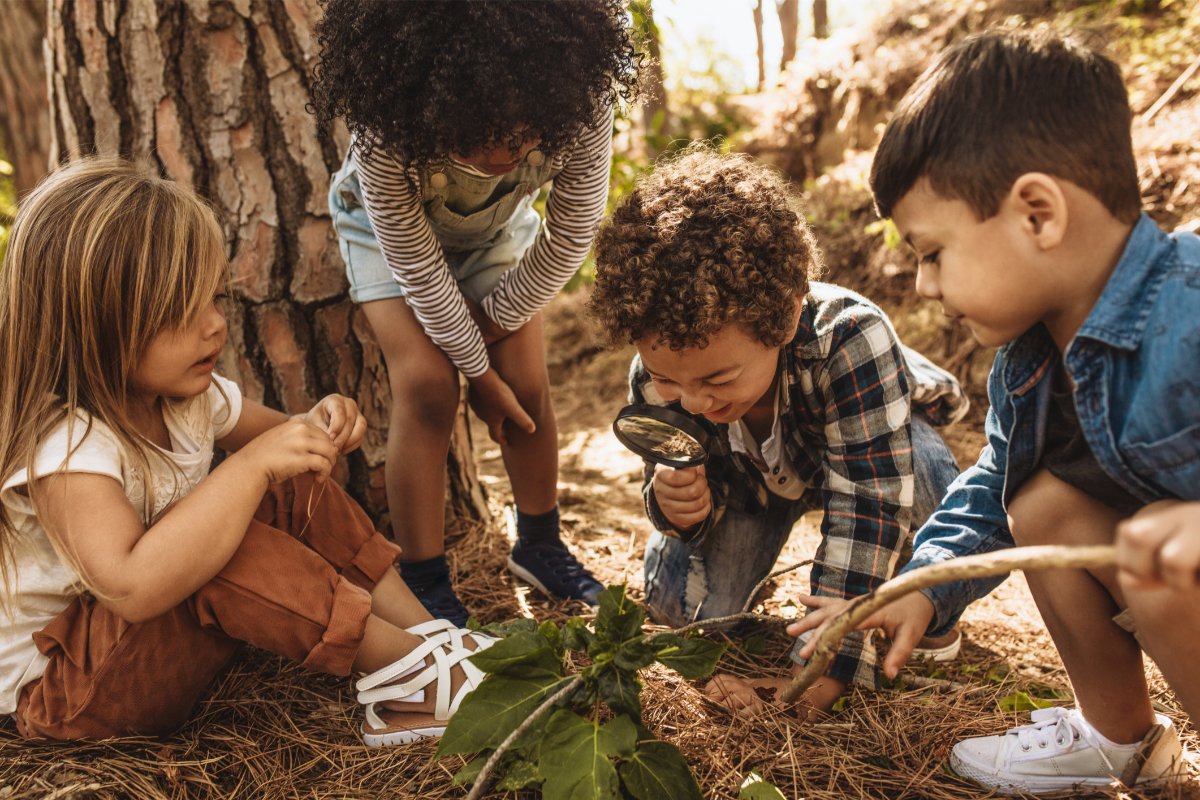
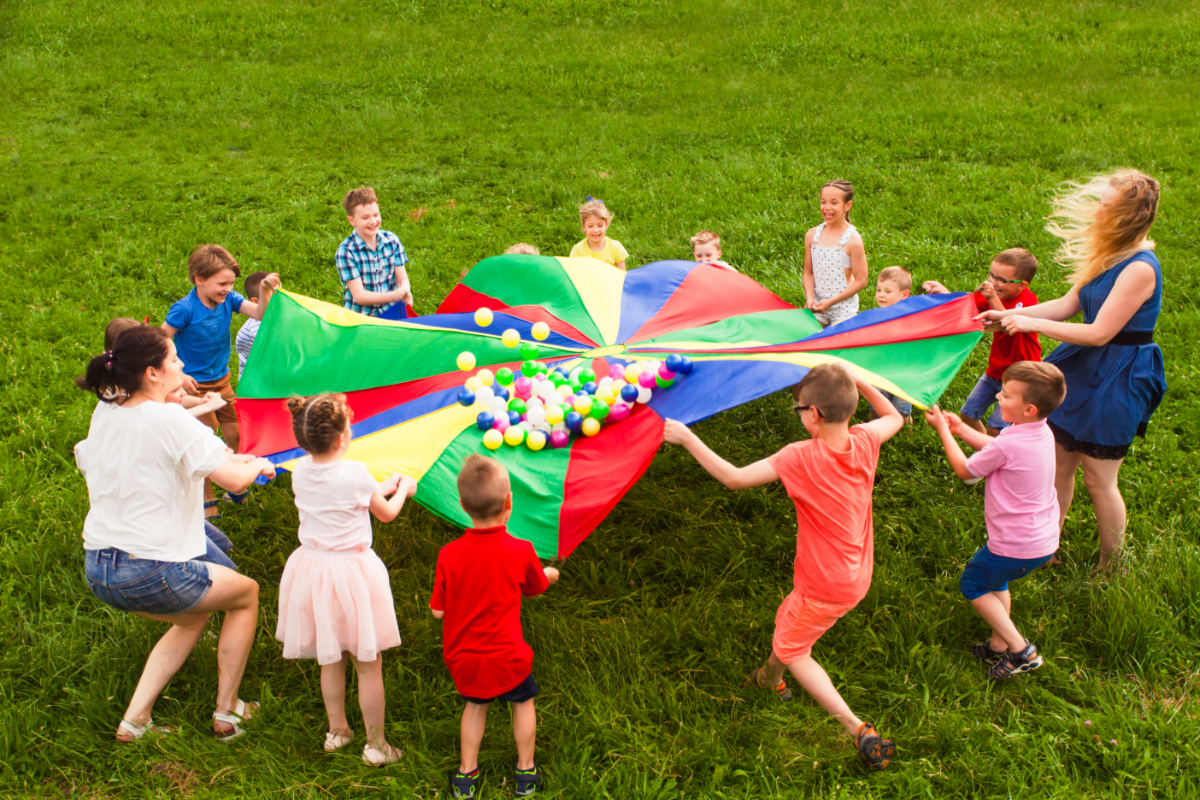
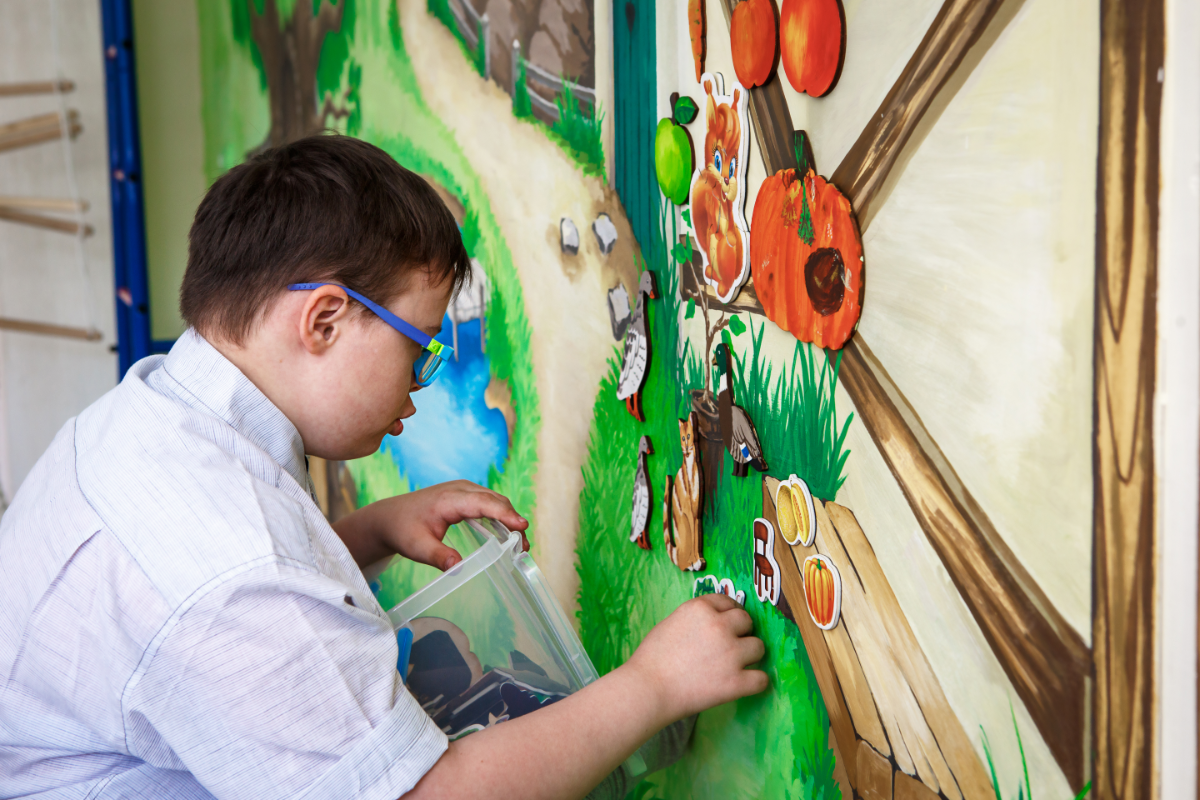



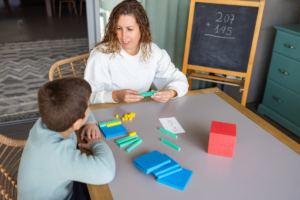
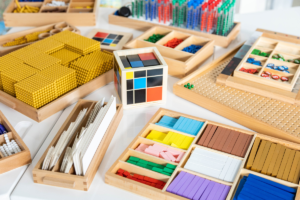






Publicar comentário